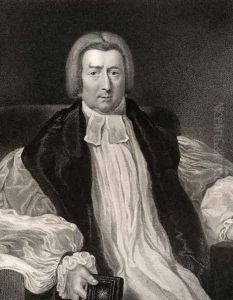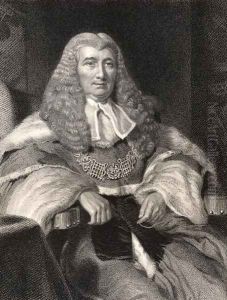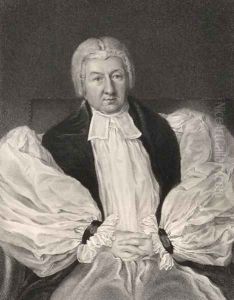John William Wright Paintings
John William Wright was an accomplished British artist, primarily known for his portrait and subject paintings. Born on November 25, 1794, in Derby, England, he was part of a generation of British artists who were active during a period of significant social, political, and technological changes that were sweeping through the UK during the Industrial Revolution. Wright's father was a respected engraver and his early exposure to the arts would have a profound influence on his career.
Wright's initial training in the arts began under the guidance of his father, and he later moved to London to further his studies. His talent was recognized early on, and he quickly became known for his detailed and expressive portraits. Wright's work captured the likeness and character of his subjects with a notable sensitivity and warmth. He was particularly adept at painting women and children, which was a recurring theme in his oeuvre and likely contributed to his popularity during his lifetime.
In London, Wright established himself as a successful and sought-after portraitist. His client list grew to include many notable personalities of the time, and he became a member of the Society of British Artists in 1824. He exhibited his work frequently at prestigious institutions such as the Royal Academy and the British Institution. Wright's style was characterized by a fine attention to detail, a soft palette, and an ability to render textures and fabrics with great skill.
Tragically, John William Wright's life was cut short when he died on January 13, 1848, in London. Despite his relatively brief career, his contribution to the world of British portrait painting was significant, and his works are remembered for their elegance and refinement. Wright's paintings continue to be admired today, and they can be found in various art collections and museums, offering a glimpse into the faces and fashions of early 19th-century England.


